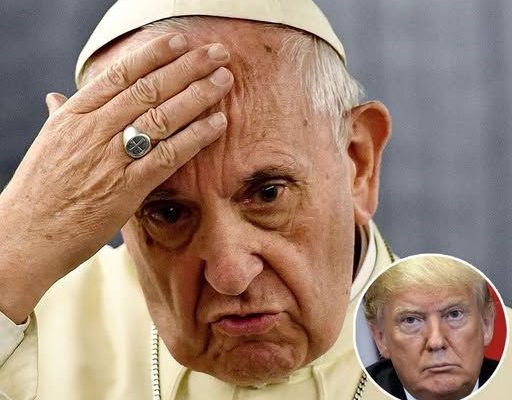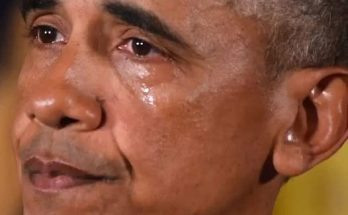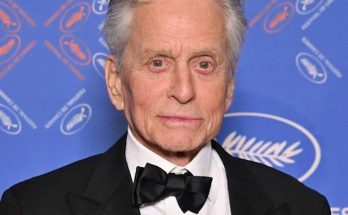Donald Trump’s tribute to the late Pope Francis was, as expected, anything but traditional — and the internet had a lot to say about it. On April 21, news of Pope Francis’s death sent waves of grief across the world. Leaders from every continent issued statements of mourning, and among them was former U.S. President Donald Trump. His message, shared via Truth Social, began in familiar fashion: “Rest in peace Pope Francis! May God bless him and all who loved him!” He also called for flags across the U.S. to be flown at half-staff in honor of the pontiff’s memory. However, it wasn’t the condolence post that made headlines — it was Trump’s tone when he announced that he and Melania would attend the funeral. In his characteristically upbeat style, he wrote: “Melania and I will be going to the funeral of Pope Francis, in Rome. We look forward to being there!” What followed was a firestorm of reactions. Critics and commentators on X (formerly Twitter) didn’t hold back. “We look forward to being there” struck many as oddly chipper — more fitting for a garden party or a gala than a papal funeral. “Bold choice of words for a funeral,” one user remarked, while another joked, “He thinks he’s headed to Coachella, not Vatican City.” Sarcasm flowed freely. “Maybe he’ll review the wine list while he’s there,” one person tweeted. Another dryly added, “Can’t wait to see what he wears.” But others defended the sentiment, pointing out that presence and respect mattered more than phrasing. “At least he’s attending. That’s more than many expected,” one user wrote, while another noted, “Tone aside, it’s right that world leaders show up for a man like Pope Francis.” Their relationship, after all, was never simple. When Francis was first elected in 2013, Trump expressed admiration, tweeting that the new Pope’s humility was admirable — and that it reminded him of himself. It was classic Trump: part praise, part self-congratulatory wink. But over the years, ideological rifts deepened. One of the most public clashes came in 2016, when Pope Francis questioned the morality of building border walls. Without naming Trump directly, the pontiff suggested that those who “only think about building walls, not bridges, are not Christian.” Trump’s response was swift and sharp. “For a religious leader to question a person’s faith is disgraceful,” he said.
Despite the friction, the two met in person during Trump’s visit to the Vatican in 2017. Afterward, Trump described the encounter as “fantastic,” though the meeting was brief and visibly awkward. Over time, their paths diverged further, with Pope Francis continuing to advocate for immigrants, climate action, and social justice — issues that often stood in contrast to Trump’s policies. Even after returning to office in 2025, Trump’s renewed immigration crackdowns drew criticism from the Pope, who condemned mass deportations as “a disgrace.” Still, Trump’s statement following the Pope’s passing struck a more measured tone, and his decision to attend the funeral shows at least a ceremonial level of respect. Vice President JD Vance, who had a more personal relationship with Pope Francis, also posted a tribute. Having met the Pope just a day before his death, Vance remembered the encounter with reverence. “He was obviously very ill,” Vance wrote, “but I’ll always remember him for a homily he gave during the early days of COVID. It was really quite beautiful.” Now, the world prepares for the formal goodbye. The Vatican has confirmed that Pope Francis’s funeral will take place on Saturday, April 26, at 10 AM local time in St. Peter’s Square. Afterward, his body will be taken to the Basilica of Santa Maria Maggiore — a humble request he made personally in his final will, preferring it to the traditional burial site at St. Peter’s Basilica. Trump’s trip to Rome will also mark his first official foreign visit since reclaiming the presidency. And though the former president is unlikely to blend into the somber proceedings, his presence will still be closely watched — both for diplomacy and for optics. As the world prepares to say farewell to a spiritual leader who often challenged political power with moral clarity, Trump’s involvement — and his choice of words — serve as yet another reminder of the unique role he continues to play on the global stage. So the question remains: Was the phrase “looking forward to being there” a tone-deaf gaffe, or just another example of Trump being, well, Trump? We’d love to hear what you think — is intent more important than tone? Or should words always match the weight of the moment?




